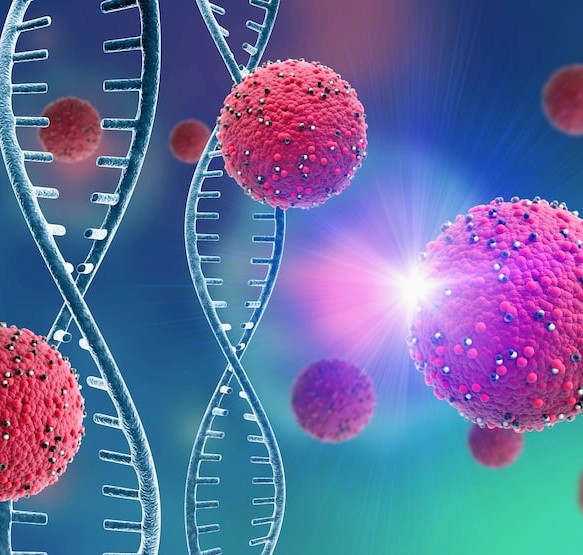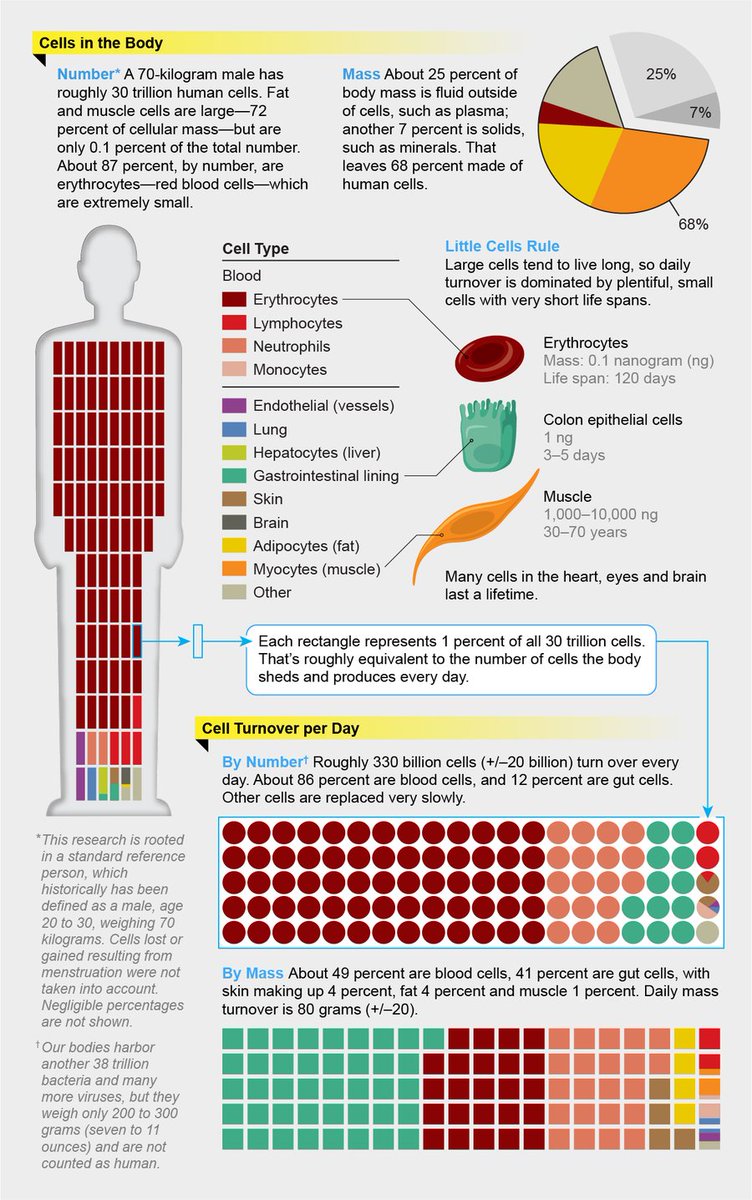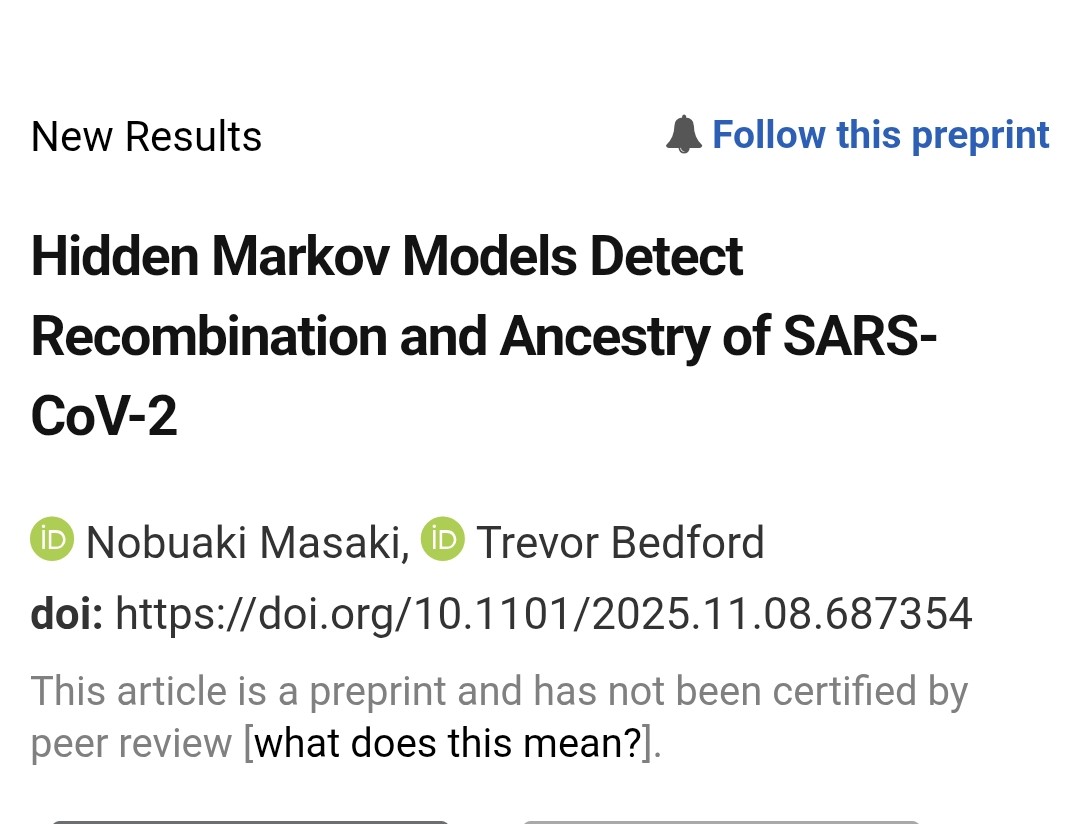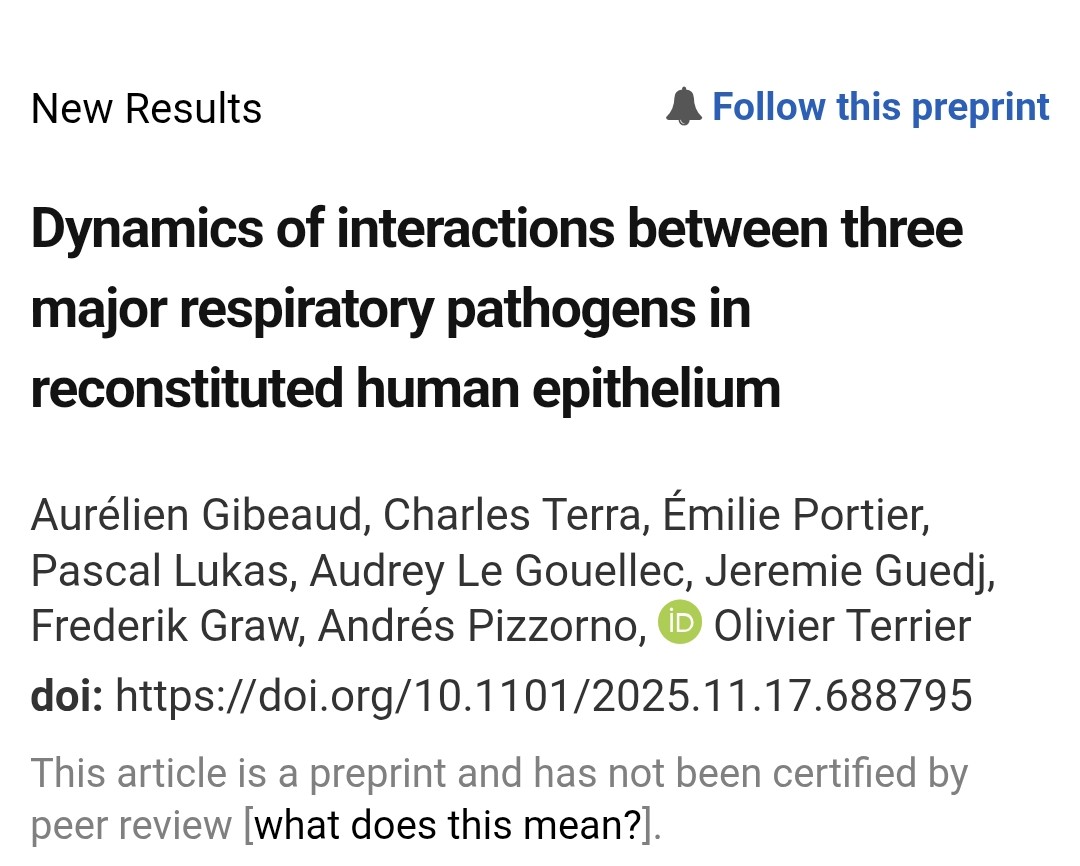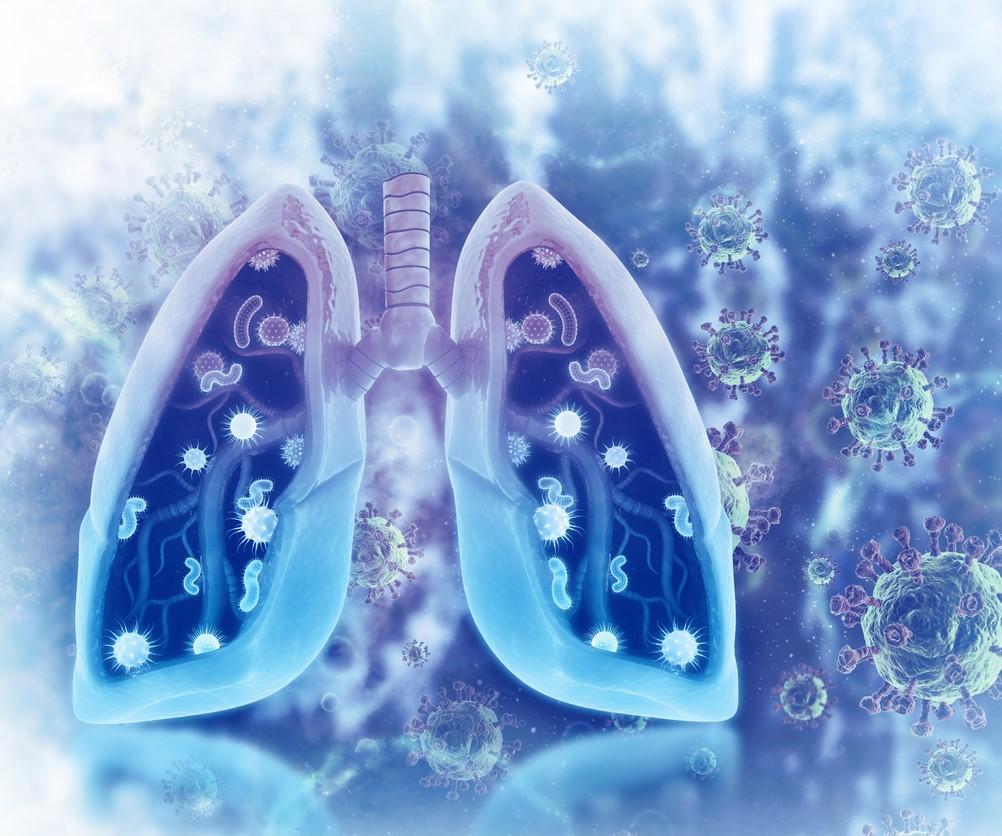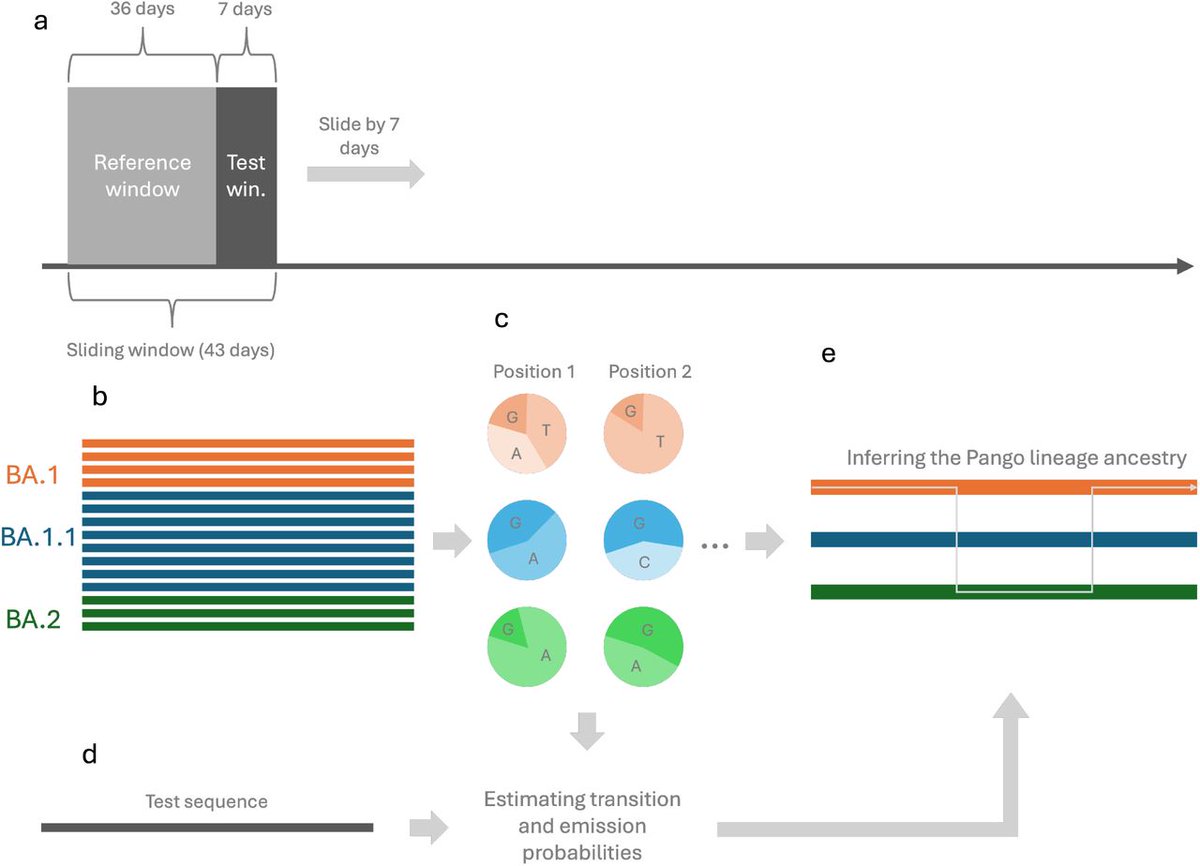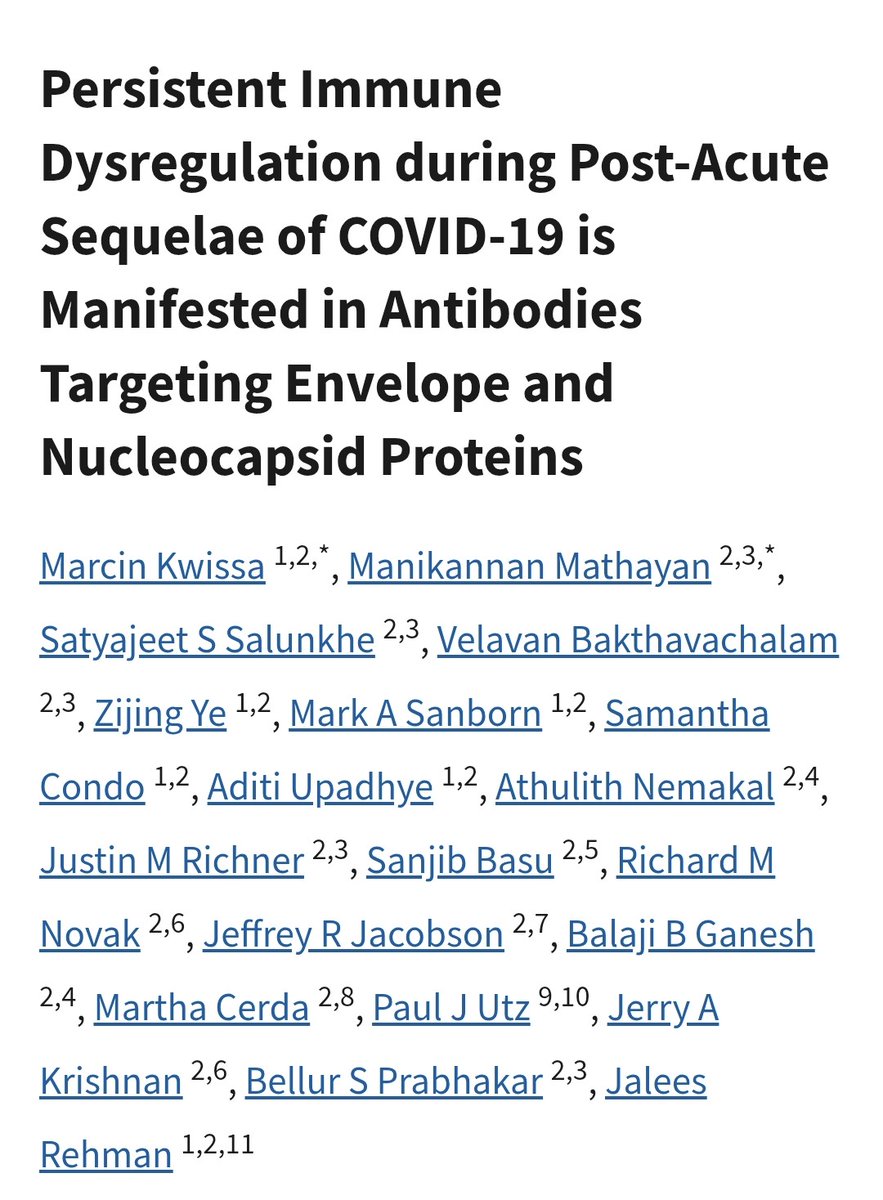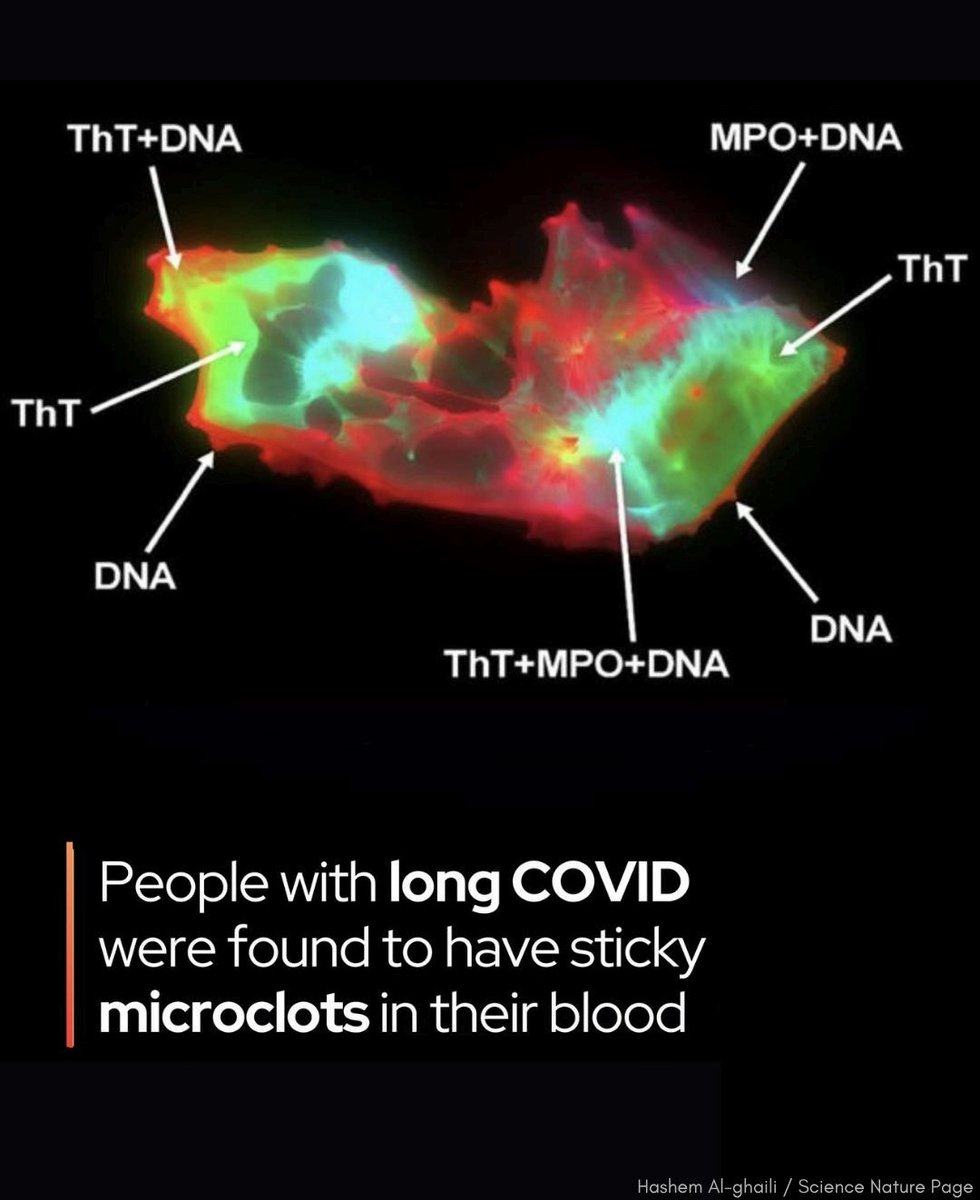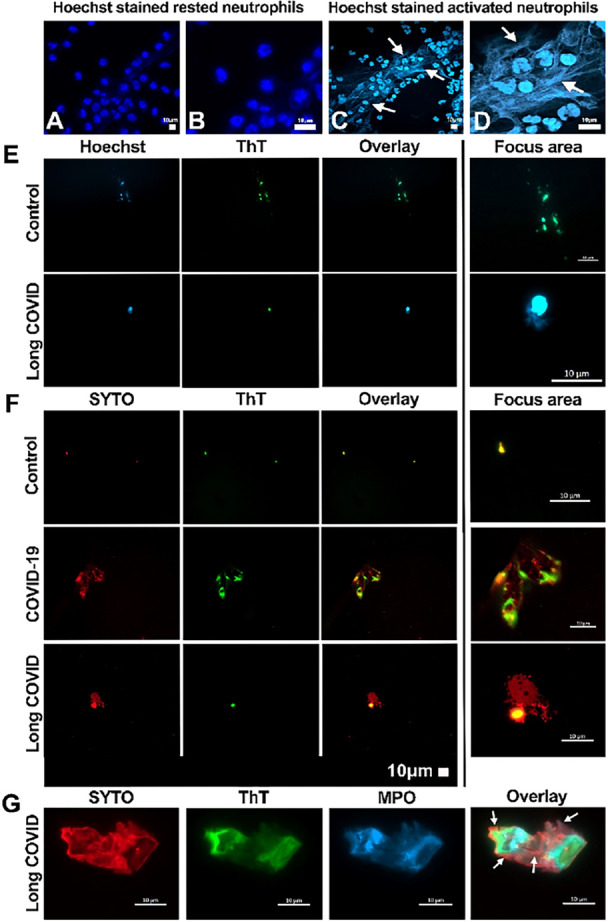𝘐𝘯𝘵𝘦𝘳𝘦𝘴𝘵𝘪𝘯𝘨 𝘨𝘦𝘯𝘦𝘳𝘢𝘭 𝘢𝘳𝘵𝘪𝘤𝘭𝘦
𝙏𝙝𝙚 𝙧𝙤𝙡𝙚 𝙖𝙣𝙙 𝙥𝙤𝙬𝙚𝙧 𝙤𝙛 𝙧𝙚-𝙥𝙖𝙩𝙩𝙚𝙧𝙣𝙞𝙣𝙜 𝙞𝙣 𝙨𝙮𝙨𝙩𝙚𝙢𝙨 𝙘𝙝𝙖𝙣𝙜𝙚
Thx to @DrInfoSec
medium.com/good-shift/the…

𝙏𝙝𝙚 𝙧𝙤𝙡𝙚 𝙖𝙣𝙙 𝙥𝙤𝙬𝙚𝙧 𝙤𝙛 𝙧𝙚-𝙥𝙖𝙩𝙩𝙚𝙧𝙣𝙞𝙣𝙜 𝙞𝙣 𝙨𝙮𝙨𝙩𝙚𝙢𝙨 𝙘𝙝𝙖𝙣𝙜𝙚
Thx to @DrInfoSec
medium.com/good-shift/the…

2) The role of re-patterning in systems change is to shift the fundamental values, mindsets, behaviors, interactions within a system towards equity. It involves identifying and changing patterns of behavior, relationships, and structures that contribute to inequitable outcomes. 
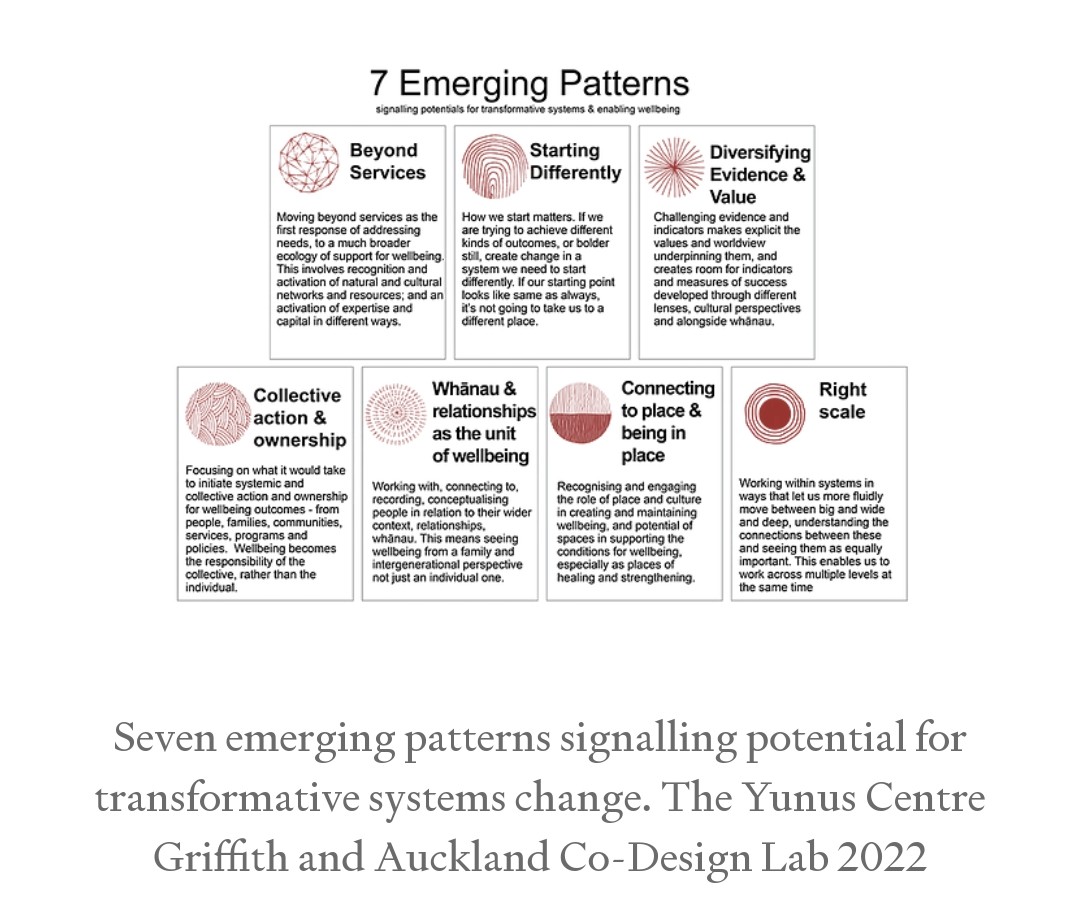
3) By focusing on everyday patterns, such as small shifts in behavior or interactions, it is possible to create meaningful change in people's lived experience of systems.
The article introduces seven patterns that have been identified as ways to actively re-pattern systems
The article introduces seven patterns that have been identified as ways to actively re-pattern systems

4) ..for equity and power sharing. These patterns include shifting patterns of relationships, resourcing, and power within public service organizations. The goal is to move away from a focus on access and towards promoting patterns of thriving, aspiration, success, and wellbeing. 

5) Recognizing and understanding these patterns is essential for systems transformation. Becoming pattern learners allows us to observe and understand the underlying values embedded in the system. 

6) It also enables us to imagine, learn, test, and spread new patterns that can bring about change. The presented patterns serve as prompts for collective dialogue and learning about how to create transformed systems for wellbeing in equitable and just ways.
Thanks for reading🙏
Thanks for reading🙏

• • •
Missing some Tweet in this thread? You can try to
force a refresh


